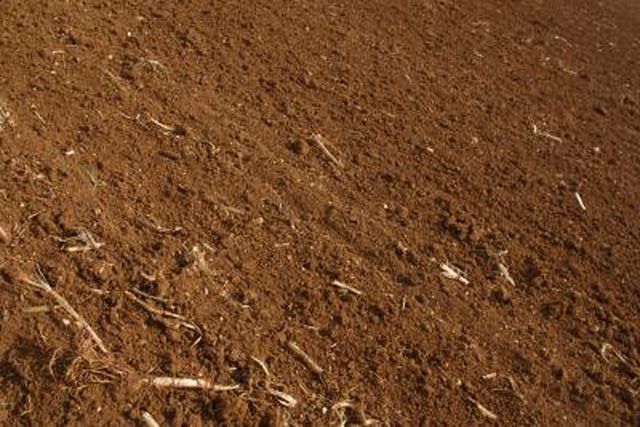Bulbs
Flower Basics
Flower Beds & Specialty Gardens
Flower Garden
Garden Furniture
Garden Gnomes
Garden Seeds
Garden Sheds
Garden Statues
Garden Tools & Supplies
Gardening Basics
Green & Organic
Groundcovers & Vines
Growing Annuals
Growing Basil
Growing Beans
Growing Berries
Growing Blueberries
Growing Cactus
Growing Corn
Growing Cotton
Growing Edibles
Growing Flowers
Growing Garlic
Growing Grapes
Growing Grass
Growing Herbs
Growing Jasmine
Growing Mint
Growing Mushrooms
Orchids
Growing Peanuts
Growing Perennials
Growing Plants
Growing Rosemary
Growing Roses
Growing Strawberries
Growing Sunflowers
Growing Thyme
Growing Tomatoes
Growing Tulips
Growing Vegetables
Herb Basics
Herb Garden
Indoor Growing
Landscaping Basics
Landscaping Patios
Landscaping Plants
Landscaping Shrubs
Landscaping Trees
Landscaping Walks & Pathways
Lawn Basics
Lawn Maintenance
Lawn Mowers
Lawn Ornaments
Lawn Planting
Lawn Tools
Outdoor Growing
Overall Landscape Planning
Pests, Weeds & Problems
Plant Basics
Rock Garden
Rose Garden
Shrubs
Soil
Specialty Gardens
Trees
Vegetable Garden
Yard Maintenance
How to Add Topsoil to a Lawn
How to Add Topsoil to a Lawn. Adding a layer of topsoil to inclined areas of your lawn is one way to level things out and help promote proper drainage. Topsoil can also be used to cover tree roots and repair damaged sections of the lawn. Because topsoil is the portion of the soil from which most grass draws its nutrients, lawns with poor soil often...

Adding a layer of topsoil to inclined areas of your lawn is one way to level things out and help promote proper drainage. Topsoil can also be used to cover tree roots and repair damaged sections of the lawn. Because topsoil is the portion of the soil from which most grass draws its nutrients, lawns with poor soil often require an entire layer of topsoil to improve their overall health. This can be time consuming, but worth the effort if you want to generate a lush, beautiful lawn.
Things You'll Need
Rake
Power tiller
Organic compost
Topsoil
Roller
Prepare your lawn by power-tilling the section to which you plan to add topsoil. This will help break up the pre-existing soil and dislodge any large- and medium-sized rocks.
Rake through the tilled soil to break up and remove the rocks from the soil.
Analyze the quality of the topsoil you're preparing to use. Buying from a reputable seller will ensure that your topsoil is ready to spread, but in some cases you may find unwanted roots. Remove these.
Add a layer of organic compost to the freshly turned soil to boost the nutrients beneath the topsoil layer.
Spread a layer of topsoil over the area of freshly turned soil and compost. Use one bag of topsoil per every three square feet of yard. Hoe to mix the fresh topsoil into the turned soil and compost. Smooth it out.
Add a final layer of topsoil to the mixture of turned soil, compost and topsoil, but do not turn or mix it in. Just level it gently so the surface is smooth.
Roll over the soil to compact it just enough so that it won't blow away in the wind or wash away in the rain.
Tips & Warnings
Once you've added a layer of topsoil, you can seed to grow fresh grass, or add sod layers to reestablish your lawn.
Don't add topsoil during windy conditions, to avoid having your freshly established layer blown away.